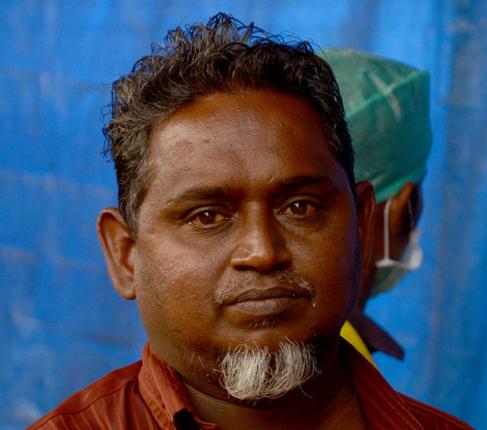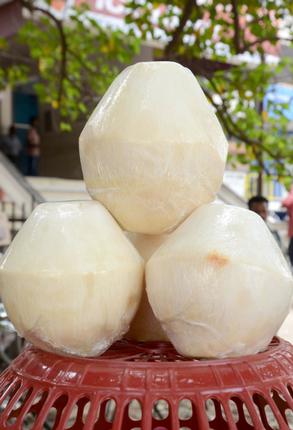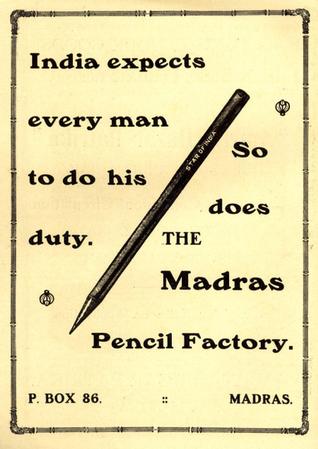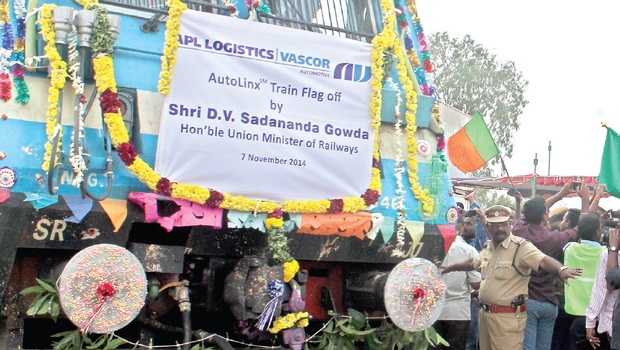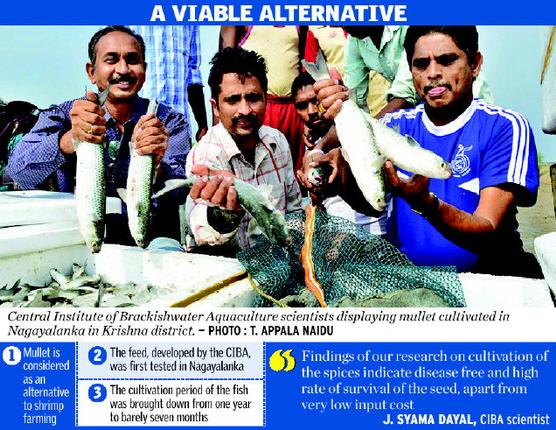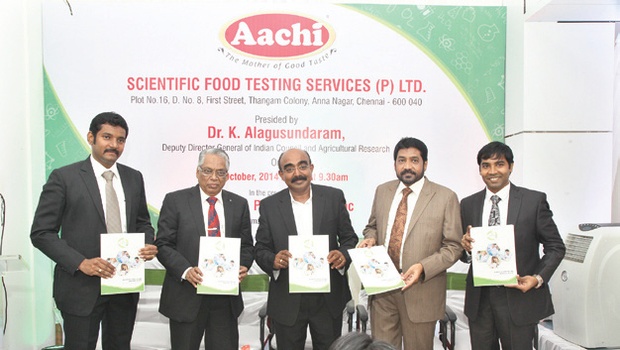5 projects have been identified for evaluation
Leading development economists and social scientists across the world are likely to take part in the formulation and evaluation of various schemes in the State in sectors such as school education, health, poverty alleviation and skill development.
To facilitate this, the State government has signed a Memorandum of Understanding (MoU) with the Abdul Latif Jameel–Poverty Action Lab (J-PAL), the U.S., and the Institute for Financial Management and Research (IFMR), Chennai, the host institute for J-PAL in India, according to an official release issued on Wednesday.
The J-PAL, headquartered at the Massachusetts Institute of Technology (MIT), has more than 100 affiliated professors from top universities, including MIT, Harvard, Yale, Stanford, Princeton, London School of Economics and IIM- Ahmedabad.
Initially, five projects have been identified for evaluation — primary school education interventions, youth labour market outcomes, healthy habits to reduce the burden on non-communicable diseases, engaging women to improve breastfeeding outcomes and weekly iron folic acid supplementation and school anaemia monitoring.
The J-PAL would assist the government in building internal capacity to carry out monitoring and evaluation of the ongoing or new schemes.
The MoU was signed by S. Krishnan, Principal Secretary (Planning, Development and Special Initiatives), and Shobini Mukherji, Executive Director, J-PAL, South Asia, in the presence of Chief Minister O. Panneerselvam.
source: http://www.thehindu.com / The Hindu / Home> News> National> Tamil Nadu / by Special Correspondent / Chennai – November 20th, 2014
